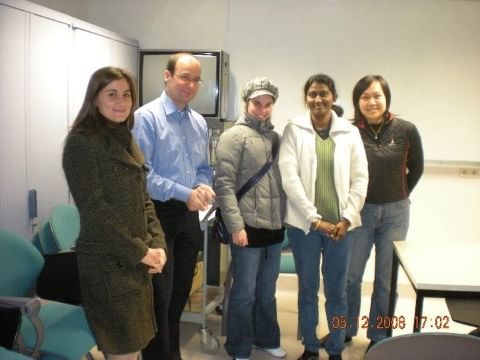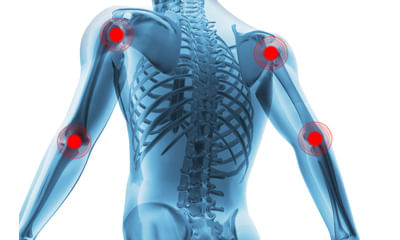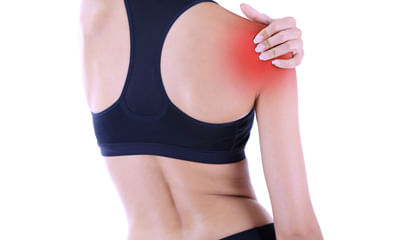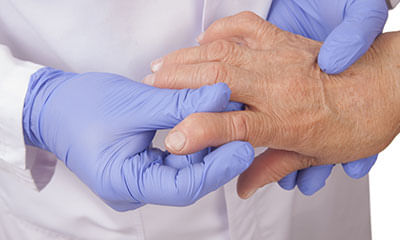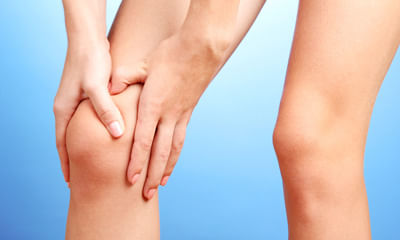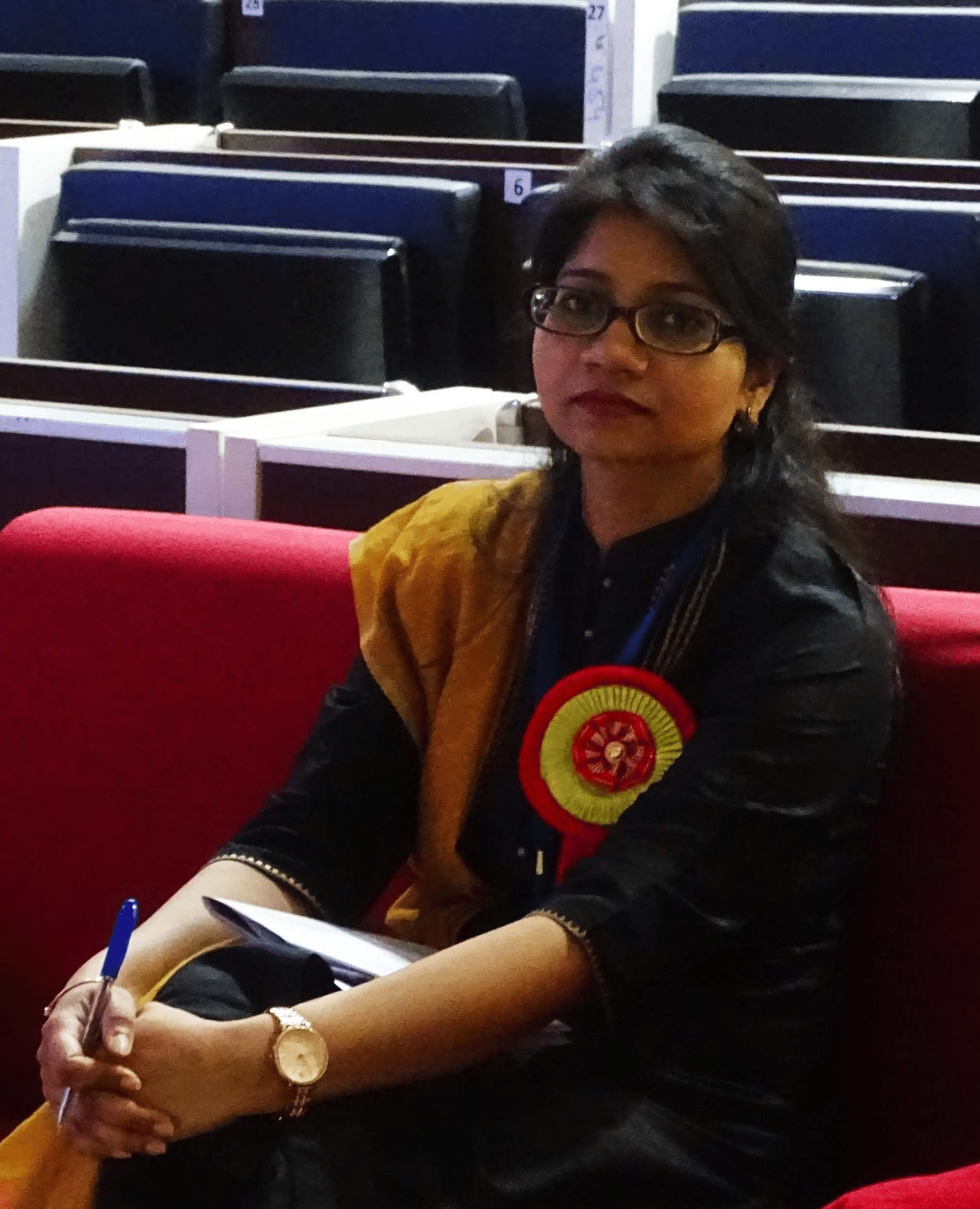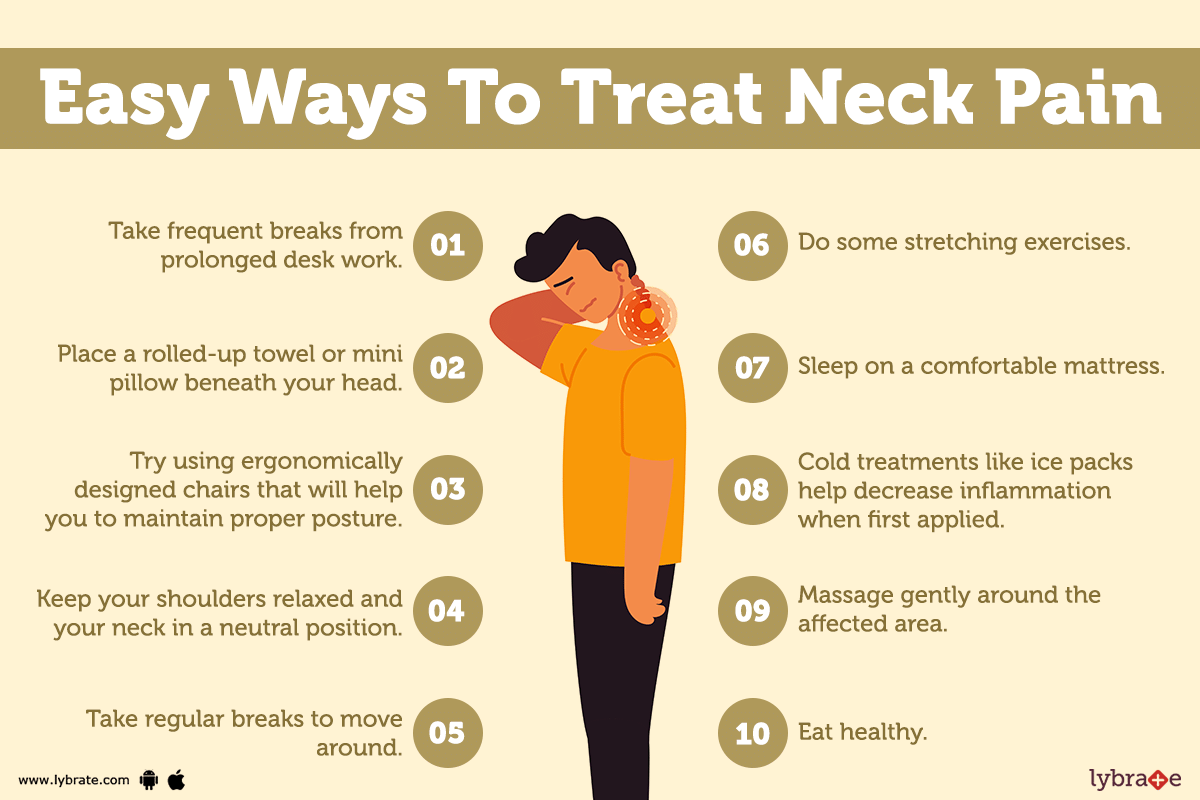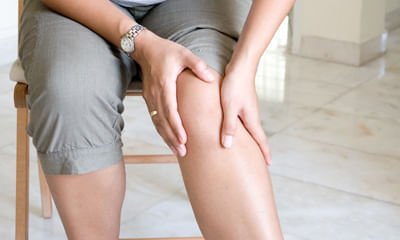Get the App
For Doctors
Login/Sign-up
Health Feed
Find Doctors
Health Packages
AllQ&AsTipsQuizzes
Arthritis and Pain Management Health Feed
Health Query
Share
Bookmark
Report
Bend your torso to the side, moving your right elbow toward your right thigh. Repeat on the left side.
Start with 1 set of 8–12 reps.
Side plank with rotation
this exercise is an advanced version of the basic plank. It strengthens the arms, shoulders, and obliques by combining a side plank with arm movements.
Lie on your right side with your right forearm below your shoulder. Extend your legs, left foot on top of right. Tighten your core.
Lift your hips to form a straight lin...more
Start with 1 set of 8–12 reps.
Side plank with rotation
this exercise is an advanced version of the basic plank. It strengthens the arms, shoulders, and obliques by combining a side plank with arm movements.
Lie on your right side with your right forearm below your shoulder. Extend your legs, left foot on top of right. Tighten your core.
Lift your hips to form a straight lin...more
49 people found this helpful
Asked for female, 24 years old from Visakhapatnam
Share
Bookmark
Report
Rest rice no weight carry no ankle bending no sex if do maintain your posture wax bath therapy for 20 days then 4 hrs no water.
Ankle binders and use soft sole shoe all time and forever gabapax oinment using 4/5 times in a day aceclo Mr. after breakfast ×10 days absolute dm 100 tablet after launch ×10 days uprise d3 60k once in a week for 2 months if you take at 5 am then 2 hrs no food n water then brush at 7 pm lupirtin capsule after dinner × 20 days ultrasonic therapy for 10 days over the ...more
Ankle binders and use soft sole shoe all time and forever gabapax oinment using 4/5 times in a day aceclo Mr. after breakfast ×10 days absolute dm 100 tablet after launch ×10 days uprise d3 60k once in a week for 2 months if you take at 5 am then 2 hrs no food n water then brush at 7 pm lupirtin capsule after dinner × 20 days ultrasonic therapy for 10 days over the ...more
64 people found this helpful
Health Query
Share
Bookmark
Report
Ice therapy would definitely help to reduce the inflammation. We also advise you to use knee cap which would help to prevent the knee from damaging further and also to maintain the quadriceps muscle tone. Stiffness have developed due to weakness of the ligaments &inflammed cartilage. Specific knee exercises will also help ie. Keeping ball underneath the knee and keep pressing it. That's the simple exercise which will help you to strengthen the knee.
• ultrasound- which heals the damaged tiss...more
• ultrasound- which heals the damaged tiss...more
36 people found this helpful
Health Query
Share
Bookmark
Report
If you have leg pain then you have to rule out the causes for having leg pain. First of all check your weight and your haemoglobin levels, as anaemia always leads to the symptoms of being tired and also having leg pain though there are no issues with the knee joint or back pain. If not if the pain radiates down th
e back of thigh and legs then it might be due to sciatica. Kindly consult the nearby physiotherapist. Hope you recover soon from the leg pain.
Probably it might due to the incr...more
e back of thigh and legs then it might be due to sciatica. Kindly consult the nearby physiotherapist. Hope you recover soon from the leg pain.
Probably it might due to the incr...more
40 people found this helpful
Asked for female, 39 years old from Hyderabad
Share
Bookmark
Report
Symptoms of osteoarthritis may include joint pain and progressive stiffness that develops gradually. Symptoms of may include painful swelling, inflammation, and stiffness in the fingers, arms, legs, and wrists occurring in the same joints on both sides of the body, especially upon waking up in the morning.
•rest. Avoid activities that aggravate your elbow pain.
•pain relievers. Try over-the-counter pain relievers, such as ibuprofen (advil, motrin ib) or naproxen (aleve).
•ice. Apply ...more
•rest. Avoid activities that aggravate your elbow pain.
•pain relievers. Try over-the-counter pain relievers, such as ibuprofen (advil, motrin ib) or naproxen (aleve).
•ice. Apply ...more
20 people found this helpful
Last Updated: 2 years ago• Featured Tip
Share
Bookmark
Report
What is neck pain?
Neck pain is a common condition that causes discomfort in the neck area, which often originates from the muscles, nerves, bones, joints or other structures in the neck. Neck pain can vary from mild to debilitating depending on its cause and can be caused by any number of medical conditions.
Common causes of neck pain include muscle strain and tension, neck injuries or trauma, arthritis or disc degeneration. Treatment for neck pain may include medic...more
43 people found this helpful
Health Query
Share
Bookmark
Report
Symptoms of arthritis symptoms of osteoarthritis may include joint pain and progressive stiffness that develops gradually. Symptoms of may include painful swelling, inflammation, and stiffness in the fingers, arms, legs, and wrists occurring in the same joints on both sides of the body, especially upon waking up in the morning.
You can follow these measures: one keep a pillow right under the knee while sleeping, next is you can keep ice in the painful area for about 5--10 minutes, if pain st...more
You can follow these measures: one keep a pillow right under the knee while sleeping, next is you can keep ice in the painful area for about 5--10 minutes, if pain st...more
12 people found this helpful
Health Query
Share
Bookmark
Report
The typical symptoms of a posterior cruciate ligament injury are:
•pain with swelling that occurs steadily and quickly after the injury.
•swelling that makes the knee stiff and may cause a limp.
•difficulty walking.
•the knee feels unstable, like it may "give out"
the posterior cruciate ligament (pcl) is the strongest ligament in the knee. It extends from the top-rear surface of the tibia (bone between the knee and ankle) to the bottom-front surface of the femur (bone that ex...more
•pain with swelling that occurs steadily and quickly after the injury.
•swelling that makes the knee stiff and may cause a limp.
•difficulty walking.
•the knee feels unstable, like it may "give out"
the posterior cruciate ligament (pcl) is the strongest ligament in the knee. It extends from the top-rear surface of the tibia (bone between the knee and ankle) to the bottom-front surface of the femur (bone that ex...more
50 people found this helpful
Asked for male, 67 years old from Bangalore
Share
Bookmark
Report
Rheumatoid arthritis is an inflammatory condition in which there are certain periods with symptoms and certain period with remissions. During remission the symptoms may be off or less. Disease modifying drugs are prescribed in allopathy to keep symptoms under control and needs continuous monitoring at-least once in three months to six months depending on the individual. For finger pain and swelling it is in general advised to use cold compression (ice packs). For pain and stiffness the morning i...more
45 people found this helpful
Last Updated: 2 years ago• Featured Tip
Share
Bookmark
Report
Orthopedic Doctor•Kolkata
1. Dr. Subir saha
Https://www. Lybrate. Com/kolkata/doctor/dr-subir-saha-homeopath ;
Bpth/bpt, dms
36 years experience 400 at clinic 300 online
Dr. Subir saha is an orthopaedic physiotherapist, homoeopath, and has dedicated his life to assisting those who are suffering from illnesses to find relief from the suffering that comes with it. He has a dms from maharana pratap college & hospital and a bachelor of physiotherapy from the ...more
101 people found this helpful
Book appointment with top doctors for Arthritis and Pain Management treatment
View fees, clinic timings and reviews
Ask a free question
Get FREE multiple opinions from Doctors
posted anonymously

